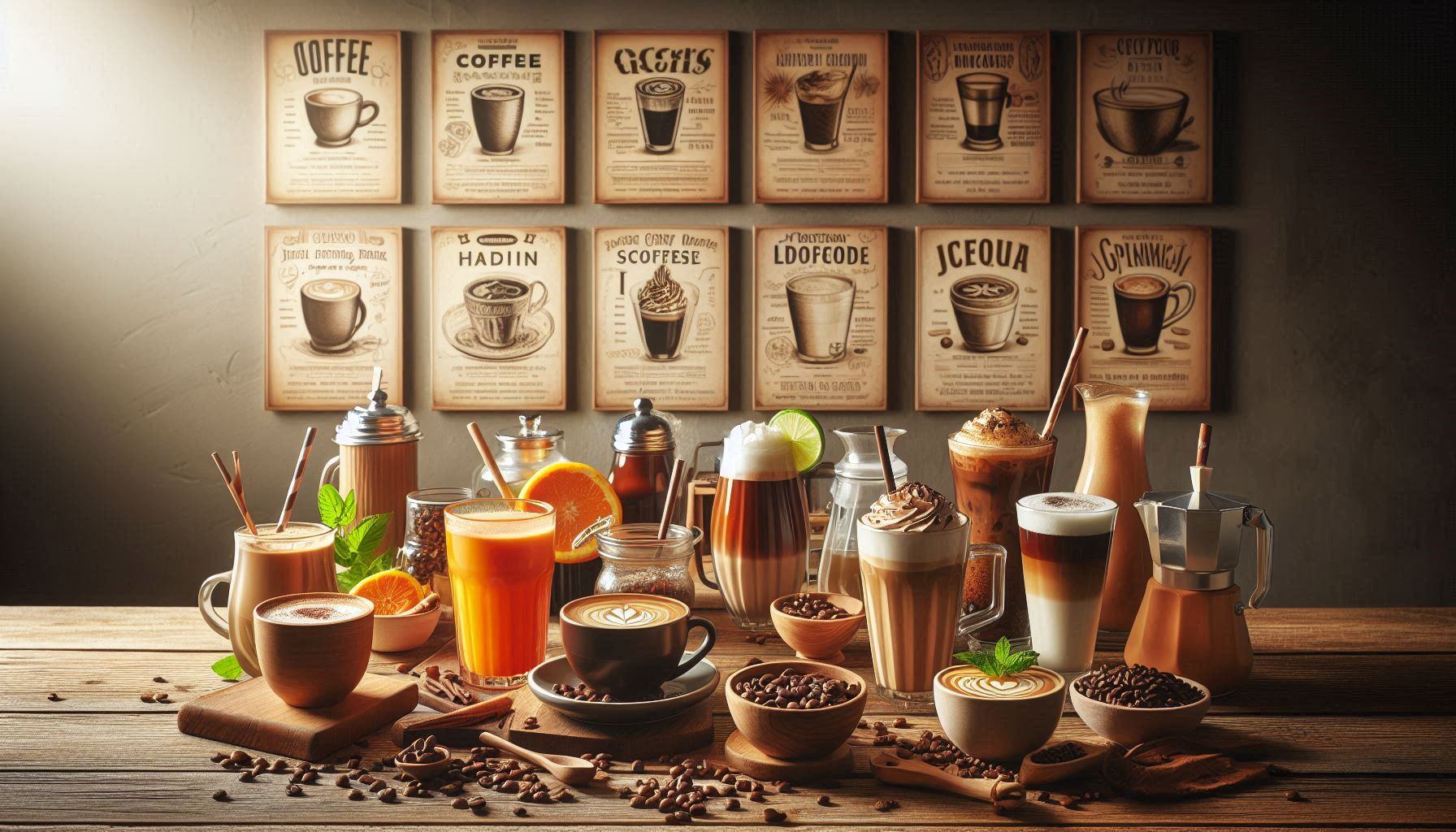Testimonials
See what people are saying
Spices Coffee Travel & Wine is a treasure trove of fascinating information! I've always been a coffee enthusiast, but their insights into different coffee blends from around the world have taken my appreciation to a whole new level. The articles are engaging and informative, making it my go-to site for my daily dose of coffee culture.
As a frequent traveler and wine lover, I am thrilled to have discovered Spices Coffee Travel & Wine. Their travel tips are spot on, and I love how they seamlessly integrate wine recommendations with travel destinations. It's like having a personal guide that makes every trip and wine selection extraordinary. Highly recommend this site to anyone who shares a passion for exploring new flavors and places.
Spices Coffee Travel & Wine has become my favorite online destination for discovering new spices and recipes. Their articles are not only informative but also inspire me to experiment with flavors I never would have considered before. The combination of travel and culinary insights makes this site a must-visit for anyone wanting to broaden their culinary horizons.
Popular Coffee Recipes: Espresso, Cappuccino, Latte, and Mocha
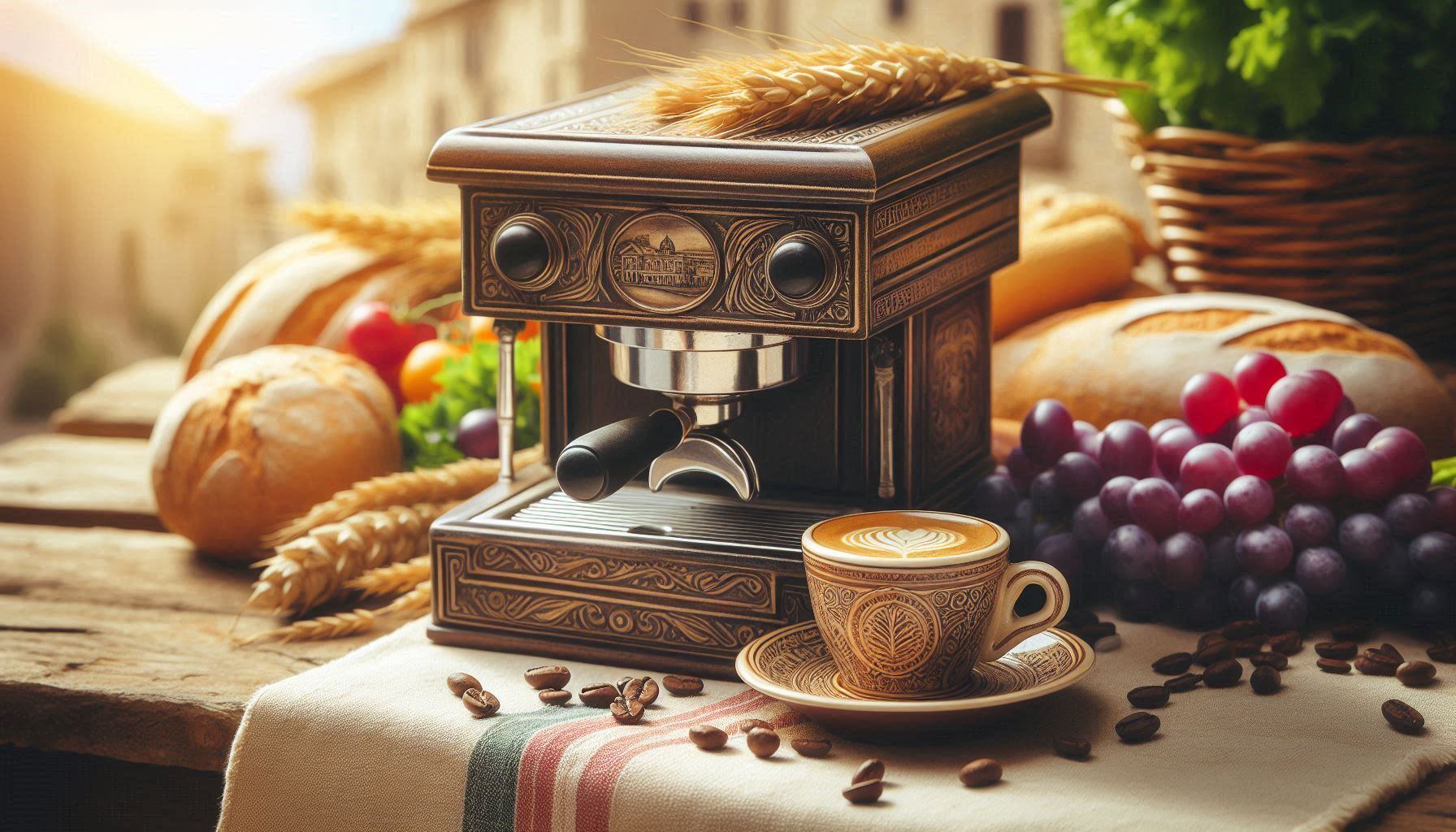
Espresso: There is something special about a well made espresso drink. That rich, intense flavor, the velvety crema on top, and the aroma of freshly brewed Italian coffee. It is an experience that coffee lovers cherish. While a trip to your favorite cafe is always a treat, you can recreate that same high quality coffee at home with just a few essential tools. All you need is an espresso machine, freshly ground coffee, and a little know how. Let’s dive into how to make the perfect shot from the comfort of your own kitchen.
Ingredients
• Fresh coffee beans (preferably a dark or medium roast)
• Filtered water
• A burr grinder (for grinding beans to a fine consistency)
Equipment
• Espresso machine
• Tamper
• Scale (optional but recommended for accuracy)
• Portafilter
Preparation Method
Step 1: Grind the Beans
The secret to great espresso starts with freshly ground coffee. Using a burr grinder, grind your beans to a fine, sand like consistency. The grind size is important. If it's too coarse the water will flow through too quickly resulting in a weak shot. If it's too fine the espresso shot may taste bitter.
Step 2: Measure and Dose
For a standard single shot, use about 7-9 grams of coffee. For a double shot, go for 14-18 grams. Using a scale helps maintain consistency.
Step 3: Tamp Evenly
Distribute the coffee grounds evenly in your portafilter. Use a tamper to press down firmly and evenly. Proper tamping ensures even water distribution, preventing weak or uneven extraction.
Step 4: Pull the Shot
Lock the portafilter into the espresso machine and start the extraction process. A well pulled shot should take 25-30 seconds and make about 1 ounce for a single shot or 2 ounces for a double. The ideal shot will have a rich, caramel-colored crema on top.
Tips for the Perfect Shot
• Use fresh coffee beans – Espresso tastes best when made with beans roasted within the past two weeks.
• Preheat your machine and cup – This helps maintain optimal temperature for a balanced extraction.
• Dial in the grind size – Adjust your grind if the shot pulls too fast or too slow.
• Clean your equipment – Residual oils can affect flavor, so clean your machine and portafilter regularly.
With just a few simple tools and some practice, you can enjoy cafe quality and strong coffee at home. Whether you drink the espresso straight or use it as the base for lattes and cappuccinos, mastering this classic brew will elevate your coffee game.
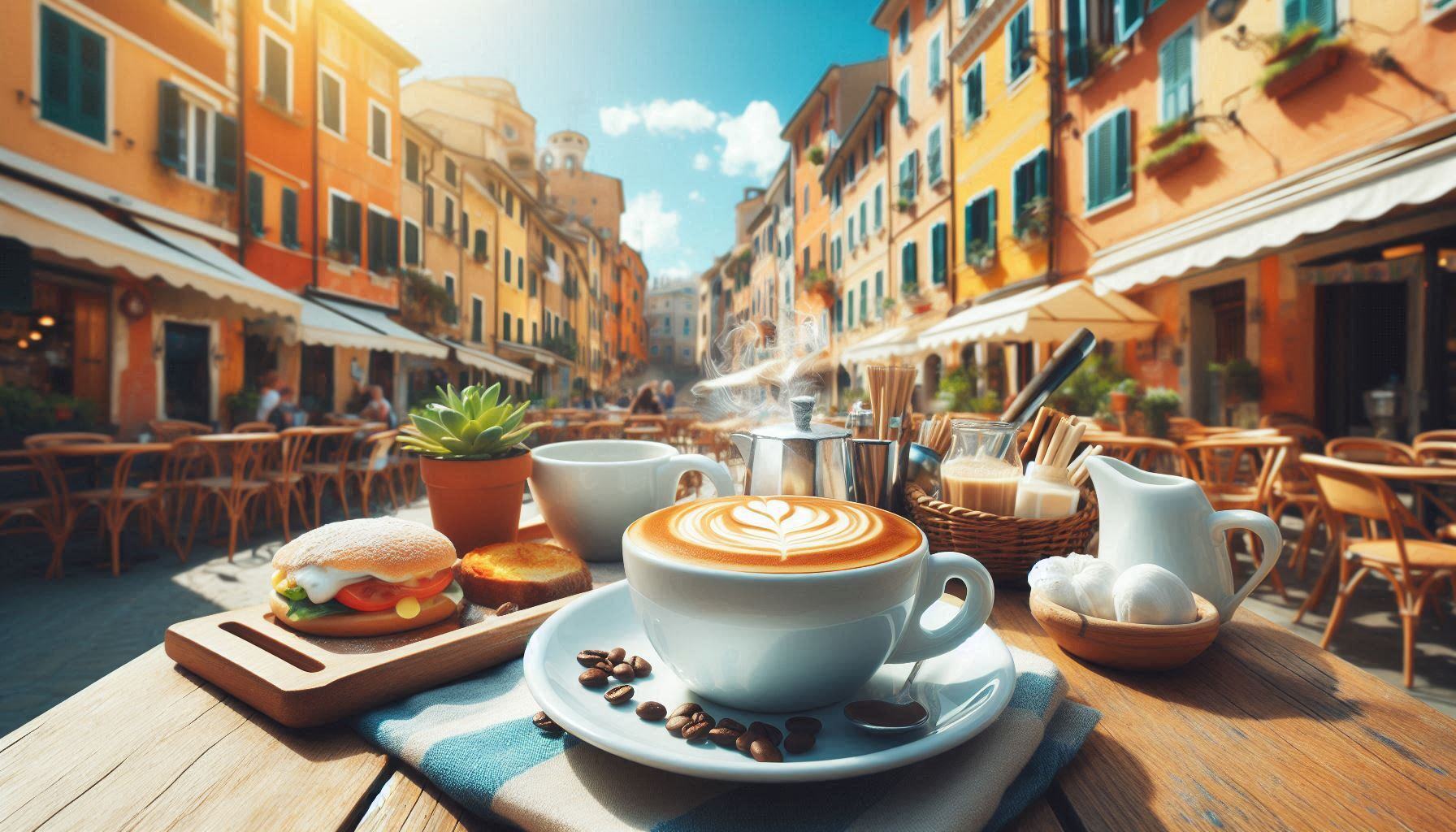
Cappuccino: Cappuccino is one of the most delightful Italian coffee drinks on the market. According to the International Tea & Coffee Trade Association, cappuccino is the most popular espresso-based drink in the world. From neophytes to aficionados, most coffee drinkers love the way bold espresso mingles with freshly steamed milk to produce a sophisticated sip with each taste. The combination of rich aroma, delicate milk foam, and comforting warmth elevates the drink from basic beverage to morning ritual or experience. While you can order this frothy coffee from a local shop, the great news is that you do not need to be professional barista to craft a delicious cappuccino at home. With a few simple tools and a little patience, you can blend café-ready cappuccino directly in your kitchen.
Ingredients:
• Espresso (1.0 oz.)
• Whole Milk (4.0 oz.)
• Sugar or sweetener to taste (optional)
• Cocoa powder or cinnamon for garnish (optional)
Yield: One cappuccino.
.
Directions:
1. Brew the Espresso
Italian coffee tradition dictates brewing just enough for one cup at a time. This means that if you have an espresso machine, brew a single shot of espresso to achieve one ounce for your beverage. For a stronger drink, you may brew two ounces (known as a "double"). If you do not have a machine, use the strongest setting on your automatic coffeemaker to replicate a similar taste. You can also try using a French press or old-fashioned Italian moka pot.
2. Froth the Milk
Heat up the whole milk to around 150°F (65°C) on the stovetop. Do not bring it to boiling. Once the milk is very warm, swirl the surface with a steam wand until you achieve a creamy microfoam. If you do not have a steam wand, try pumping the warm liquid vigorously using a French press until you create milk foam. Other include using a handheld milk frother or shaking the heated milk in a tightly sealed glass jar until foam appears.
3. Assemble the Beverage
Pour your freshly brewed hot espresso into a coffee cup or mug. Traditional coffee shops recommend using a 5.0 oz. cappuccino cup with a matching saucer. After you have poured in the coffee portion, slowly add the frothed milk to the cup while holding back some of the milk foam with a spoon. Finally, spoon the remainder of the foam on top to create the classic ratio of one-third espresso, one-third steamed milk, a final third of milk foam.
4. Garnish and Serve
Sprinkle with cocoa powder or cinnamon, then serve immediately. Once you have mastered the main steps, consider variations for a unique experience each time. For example, you can add vanilla, chocolate, hazelnut, or caramel syrup to the coffee portion before pouring in the steamed milk. This produces a flavored coffee drink with half the hassle of ordering from a restaurant. On warmer days, froth cold milk and then pour it over chilled espresso for an iced variation of the drink. You can also consider making coffee art. Simply add cocoa powder to the coffee portion right before you pour in the steamed milk. After adding the milk, drag a toothpick through the surface of your drink in a swirl or leaf pattern. You can also buy small coffee stencils for picture-perfect cappuccino every time.
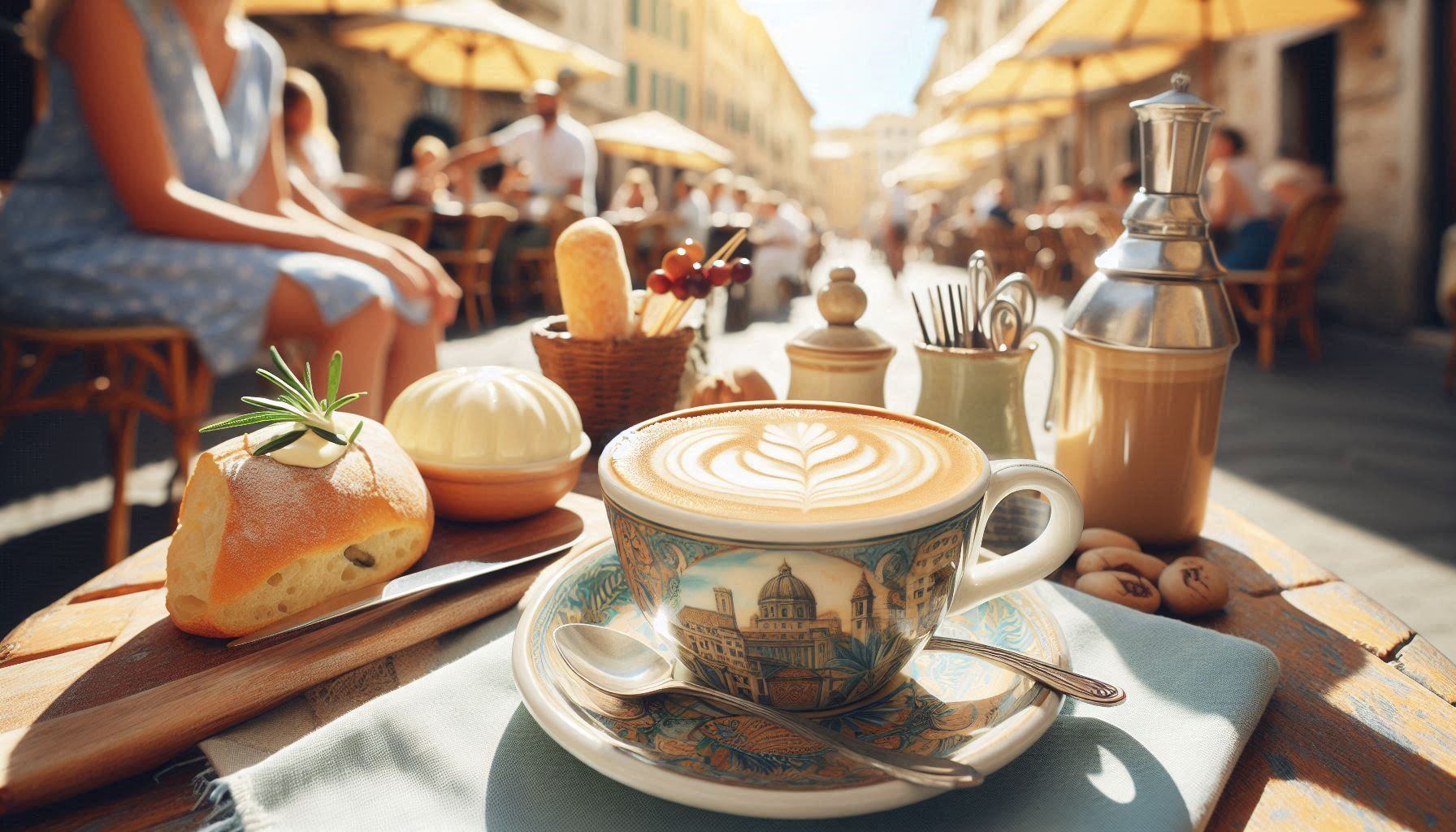
Latte: Affectionately known as the “caffè latte,” these coffee shop staples are the perfect blend of espresso and milk. They offer a smooth, creamy texture while giving you a shot of coffee to perk up your day. And best of all, they can be customized to include whichever coffee art fits your style! Most of us only buy this special creamy coffee while out at a coffee shop, but the truth is that you can make it in the comfort of your own home. In this article, we will look at the ingredients needed, simple tools that you can use, and the basics of latte art.
Ingredients
The next time you go to the store, you can pick up a few things to create your own recipe for latte drinks. When you first think of this smooth coffee, you envision the taste of coffee and milk. That’s true. Both of those ingredients are used, but there’s a little more to it.
Milk: You can use just about any milk, but baristas recommend whole milk as the best.
Espresso beans: If you’re looking for that classic rich caramel and chocolate notes within your espresso, opt for a medium-roast option.
Vanilla syrup: Not an absolute must, but it does help your drink take on a creamy coffee appeal.
Spices: This is another optional addition. Spices such as cinnamon or nutmeg can add a fun touch.
Tools
Most consumers of coffee do not think it is possible to make such a fancy drink at home. The truth is, you don’t need a fancy machine to make your favorite latte drink. Worried about the ability to create a frothy beverage? You don’t need a milk frother either! You can brew your own beans as desired without the added expense of someone doing it for you. Here are the tools you’ll need:
• Bean grinder
• Small saucepan
• Whisk
• Coffee mug or glass
Preparation Method
You’ve gathered all of your ingredients and needed tools, but now what? How can you make your very own latte without a milk frother or espresso machine? Thankfully, it isn’t too complicated.
1. Froth 6 to 8 ounces of whole milk in a small saucepan. Keep it on medium heat and continue to whisk until it becomes foamy. Be careful not to overheat the milk, pulling it off the stovetop when you see bubbles forming while you whisk.
2. Brew 3 ounces of espresso and pour it into your coffee mug or glass.
3. Add any liquid sweeteners to your brewed espresso.
4. Finally, pour in the desired amount of milk and dollop with your newly created milk foam. If you bought any spices, you can add those now.
Let it cool and sip away!
The Basics of Latte Art
Although not a necessary thing to do, adding your own artistic flair can make homemade lattes more fun! As any artist would say, don’t expect to get it right away. We’ve found that there are a few ways that can make it more successful. Here are the most helpful tips for creating your own latte designs:
• You want to pour your espresso into a wide-mouthed cup so as to give you more room to work with.
• Only pour as much steamed milk as will cause your cup to be about halfway full. Give yourself room to work!
• Begin by pouring your milk foam into the center of the drink as this will allow your design to be more pronounced.
• Small movements yield big results. What we mean by that is to be very intentional with each pour that you make. We suggest trying out the heart shape design first until you feel more comfortable with tackling complex shapes.
Lattes are a beverage that can be enjoyed by many. The satisfactory ratio of coffee to milk is oftentimes the perfect blend for an everyday drink. You can go to your favorite coffee shop and order one to go, or you can make it from the convenience of your own home. Doing so allows you to experiment with different spices, flavors, and artistic styles!
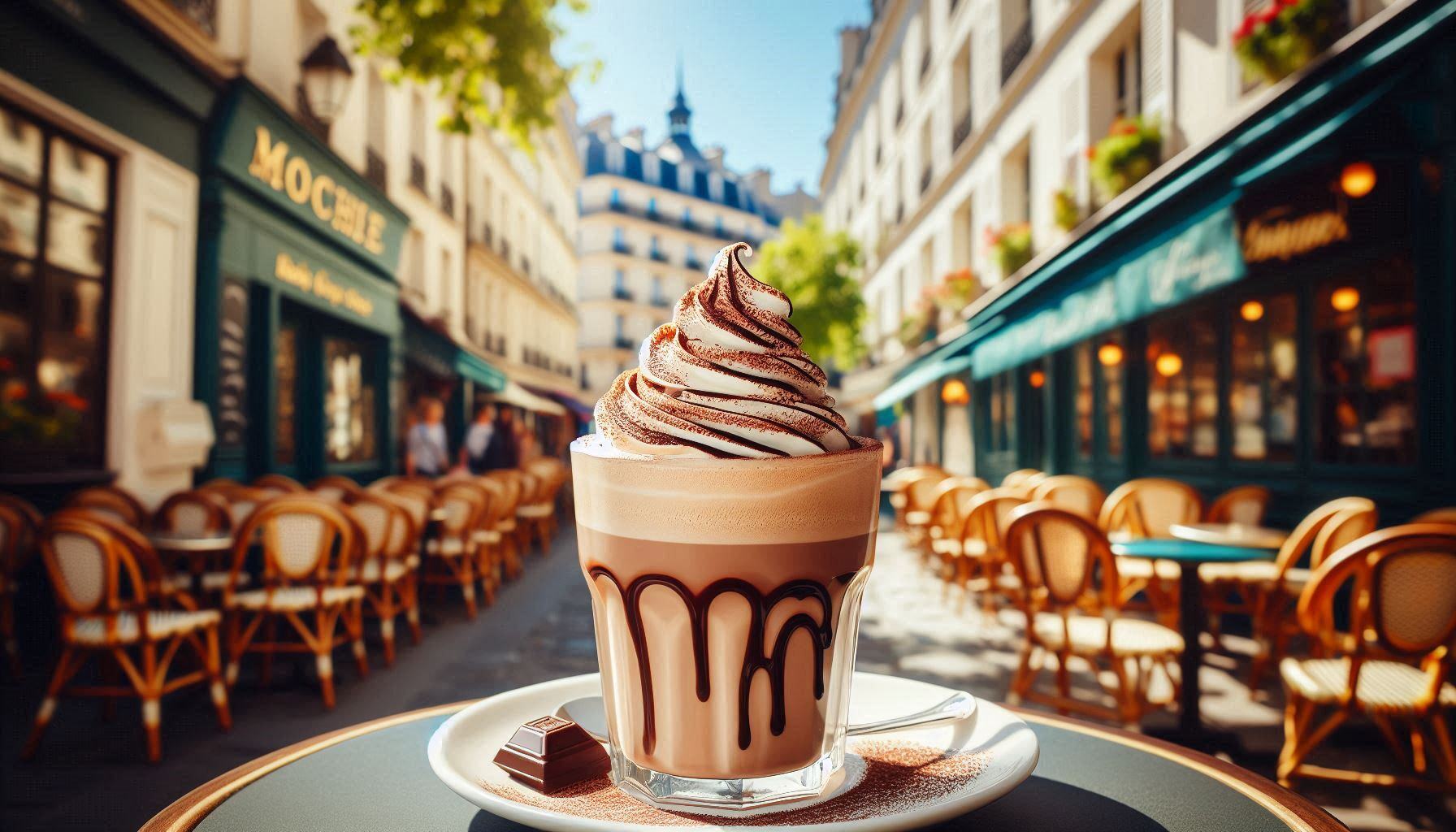
Mocha: Some adults are content to mix a little cream and sugar with their coffee, while others go all the way and turn a cup of the good stuff into the royal version of frothed chocolate milk. The mocha is not a new idea, since fresh coffee can be combined with a number of additives. Chocolate is a rich additive paired with cream, and some people would replace the cream with whole milk and mechanically mix the hybrid drink.
It tastes great, and both coffee and chocolate are stimulants that happen to complement each other in flavor. Anyone who has ever camped out or came into the house after cold weather had likely experienced a hot chocolate. Since these are drank in packs that are typically added to hot water, it might make as much sense to dump the mix pack into hot coffee and experience the blended flavor. A mocha combines two separate passions into one, and so is a natural evolution in coffee enjoyment.
An espresso differs in that the coffee beans are processed with hot and pressurized water rather than allowed to steep in a more gradual method. While a mocha is a combined beverage, a raw espresso is just coffee with a robust flavor due to its technique. It forms the basis of other drinks, including the cappuccino and Americano. An espresso can also be mixed into a latte, which has cream and sugar more similar to mocha.
Steamed milk is a major ingredient in many coffee-based bar drinks. It can be made with a machine that is standard in any café, or it can be made by hand using a heat source and a mixer. An amateur barista might use a mason jar, a microwave, and a food processor. A whisk can substitute in an outdoor situation. Steamed milk is the creamy ingredient added to cappuccinos and latte. The temperature is around 150 degrees and blends well with the heat of a cup of coffee.
Chocolate syrup is handy for making mocha at home. Other people might use chocolate shavings or slowly dissolve a bar of chocolate for more specialized flavor. Sweet coffee is made with any sweet additive, including coconut sugar and honey. Cold-brewed coffee contains plant sugars from the beans themselves.
A recipe for mocha latte is to first brew a standard pot of coffee, pour a cup, and then to add steamed milk and chocolate syrup into the cup according to personal taste. Designer coffee either uses a special machine to press coffee beans with hot water, or else the uses darkly roasted coffee beans intended for espresso. The steamed milk is made by whisking whole milk that has been warmed but not boiled in the microwave. Extra sugar can be added during the whisking process. The steamed milk and chocolate syrup can be added separately to give a more textured flavor.
Mocha Latte:
* 8 ounces of fresh coffee
* 1 cup of milk
* 2 TBS vanilla syrup (or)
* 1 TBS cocoa powder plus 2 TSP coconut sugar (or)
* 1 TBS chocolate syrup plus whipped cream

